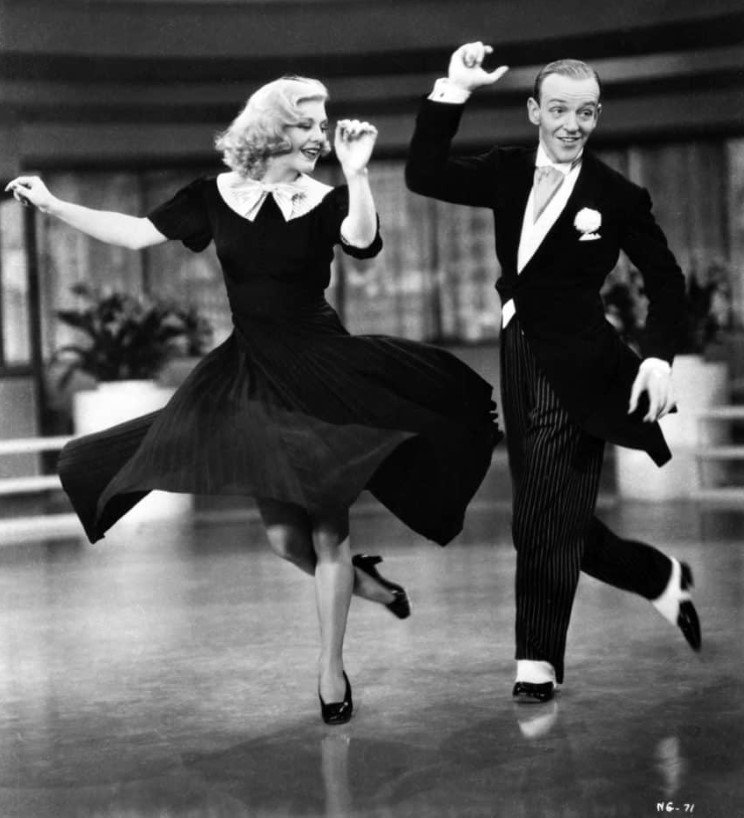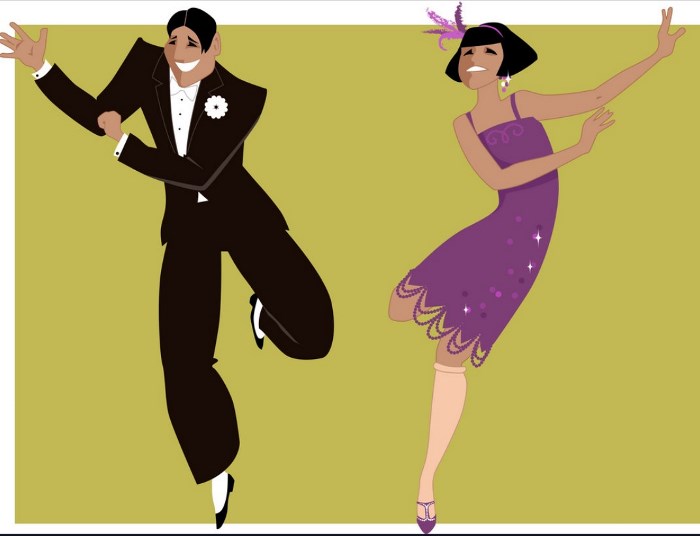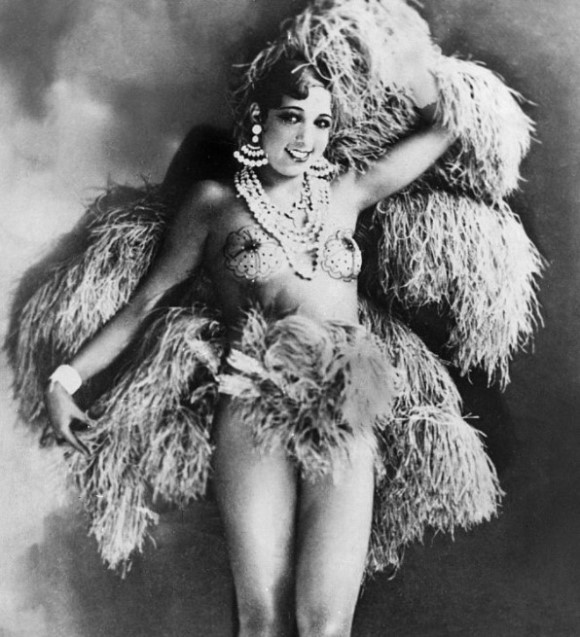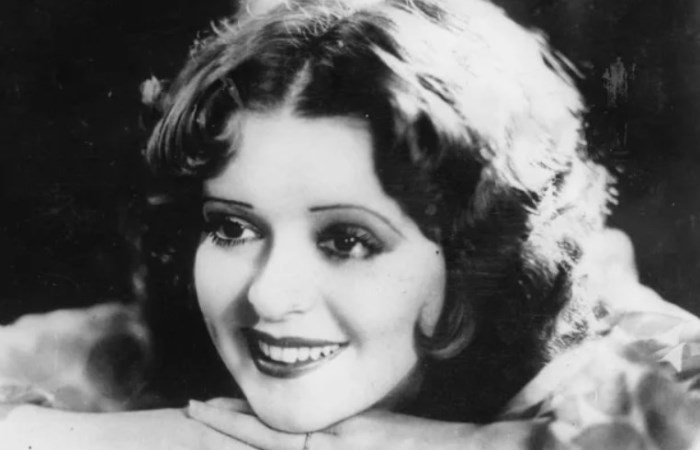In the 1920s, when the swing craze was at one of its highest peaks, the Charleston dance reigned supreme as the premier social dance form.
Classy, but no less energetic with its fast-paced movements and intricate footwork, it’s usually the dance that people would think about when they hear the term “Jazz” or “Swing” mentioned in a conversation.
Although it came to be during the Segregation era, the Charleston dance quickly became popular among people of all races and social classes.
In a way, it’s one of the first steps toward the unification of American society before the Civil Right Movement in the 50s and 60s.
In this article, we will delve into the history of Charleston dance, exploring its roots, key features, and evolution over time. We’ll also discuss the music accompanying Charleston in detail and provide a step-by-step guide to some of the most popular moves.
Strap in!
Table of Contents
What Is Charleston Dance?
The Charleston dance is a style that originated in the United States during the 1920s, particularly in the city of Charleston, South Carolina (hence the name.)
Before we talk about the dance, it’s important to talk about the music, which is just as integral to Charleston as the choreography.
The music is characterized by a specific beat incorporating the clave rhythm, first heard from Charleston dockworkers. According to many musicologists, this beat shares many characteristics and sounds with the Habanera and the Spanish Tinge.
As for the dance itself, the Charleston dance is commonly described as a fast-paced dance characterized by lively, swinging movements.
But the most distinguishing feature of the Charleston is its intricate footwork, which includes “toes-in, heels-out” twisting and heel-kicking steps.

Charleston Dance Origin & History
Although the Charleston dance only became popular in the 1920s, records showed that it has existed as part of African-American dance culture since 1903.
It Was First A Folk Dance
Extensive research was done on the movements of the dance.
And the Charleston was linked back to a folk dance in the African-American community that was popular all throughout the American South, particularly in the Charleston, South Carolina area.
In fact, records also showed that many of the movements seen in the earlier version of the Charleston were shared with folk dances from African countries like Ghana and Trinidad.
While it was still considered a folk dance, the dance was usually performed on handclaps and foot stamps (no music).
The dancer will perform a series of very complex footwork that will later evolve to become the twisting and heel-kicking steps of the ballroom Charleston.
Check more: Attan Dance: History, Styles, Attires, Music & More
It Started To Gain Public Attention & Got Its Peak Of Popularity
In the 1920s, musicians started picking up the dance.
The Charleston first gained public attention via a Broadway show called Runnin’ Wild. In it, there’s a musical number aptly named “The Charleston” by James P. Johnson, a composer, and pianist.
The tune became a massive hit that heralded the age of the Charleston in the ballroom dancing world.
Runnin’ Wild ran on Broadway from 1923 to 1924. After the show stopped, it took the public around two years to pick up on the dance.
Most records showed that the peak of the Charleston’s popularity ran from 1926 to 1927.
Its Popularity Started To Decline
The Charleston’s craze ran well into the 1930s, but its popularity declined after the first couple of years into the decade.
One reason may have been the new fashion for floor-level sheath evening dresses. The constricting garments made it difficult for female club-goers to execute the Charleston footwork properly.
With the Charleston on its way out, newer dances, such as the Lindy Hop, took its place.
Despite it no longer being in vogue today, the dance remained a beloved cultural artifact, with many considering it an icon of the bygone Jazz Age.
But it hasn’t dropped entirely out of people’s memory. Many clubs across the US and abroad still teach and perform the dance to this day.
If you want to give it a shot, just search for a local Charleston or swing club, and they’ll surely come up with a program for you!
One of the funniest facts about the Charleston dance: for a time, it was banned in many places.
Why was the Charleston dance banned?
The conservative laws considered it too “sexual,” and the fierce footwork could expose women’s legs (which was a big no-no at the time!)
How To Dance The Charleston: Charleston Dance Steps
Since the Charleston is a social dance, it’s made for the wider public to pick up as quickly as possible without formal instructions.
That means, if you’re up to it, you can practice a few basic moves at home and come to a club immediately!
The Basic Charleston Steps
The basic Charleston dance move is very simple and only consists of four steps:
- Relax your arms until they’re down on either side of your body. Then, bring your palms up until they’re parallel to the floor, the tips of your fingers pointing outward.
- Make a step forward with your left foot. After that, bring your right foot forward and tap the tip of your shoe in front of your left.
- Step backward with your right foot, then move your left foot back and tap the tip of your shoe behind your right foot’s heel.
- Repeat.
You can master this basic motion in just a few minutes of practicing in front of a mirror. After that, you can turn on a classic Charleston recording and dance to it!
But of course, these are only the basic steps. There is more to Charleston than just stepping back and forth.
If you’re confident in your mastery of the basic steps, here are a couple more movements that you can do.
The Tandem Charleston Step
The Charleston can be danced solo or as a couple. This advanced step will allow you to dance with a partner on the floor!
- Stand facing your partner and hold hands.
- Step forward with your left foot. Then bring your right foot forward and in front of your left foot.
- Your partner should do the same with their right foot but will step behind you instead of in front.
- Step back with your right foot. Your partner will step back with their left foot.
- Repeat this sequence, alternating between stepping forward and back.
It’ll take a while to get used to (especially if your partner is also an inexperienced dancer). But we assure you, it’s going to be a fun learning experience for you both!
Side-by-Side Charleston Step
This step is also one to pull if you’re dancing with a partner. Instead of facing your partner, the side-by-side step will have you dancing next to them.
- Get into position. Both you and your partners should be standing side by side, facing the same direction.
- Step forward with your left foot. Then, bring your right foot forward and in front of your left foot.
- At the same time, your partner will step back with their right foot.
- Step back with your right foot. Your partner will step forward with their left foot.
- Repeat this sequence, alternating your feet as you go along with the music.
Tandem Turn
You can spice up your routine with a turn!
Begin by dancing the tandem Charleston step. But as you step forward with your left foot, use your right arm to guide your partner into a turn.
Continue dancing the tandem Charleston step, but now you will be the one to turn and your partner the one to guide you through the motion!
You’ll love: Roger Rabbit Dance
Charleston Dance Music
If you want to find a good recording to practice the Charleston (or simply to jam to,) then you can’t go wrong with James P. Johnson’s music.
Many vintage recordings of his live performances are floating on YouTube, Spotify, and Apple Music today.
But really, for a Charleston dance performance, any kind of ragtime jazz with a 4/4 time will do. Check out this SoundCloud playlist if you want some recommendations!
Notable Charleston Dancers
Over the years, there have been many famous Charleston dancers. Here are a few worth reading up on if you want to delve deeper into this wonderful dance.
Josephine Baker
Josephine Baker, born Freda Josephine McDonald, was a popular 1920s burlesque star known as the “Bronze Venus”.
She fell in love with France, and most of her performances were set up in Paris. Her shows were always sold out at Folies Bergère, a legendary cabaret hall in Paris.
Josephine gained worldwide fame in 1927 for her performance in the revue Un vent de folie, where she donned a costume made of prop bananas and necklaces that became a symbol of the Jazz era.
Her exotic dance moves, combined with a hint of comedy, were the highlights of her performances.
And of course, being an icon of the Jazz era, many have noted Josephine as a cracked Charleston dancer!
Louise Brooks
Louise Brooks was an American actress, dancer, and writer, known for her iconic bob haircut and captivating on-screen presence during the silent film era.
She began her career as a semi-nude dancer in the Ziegfeld Follies before turning to silent film as a new career.
Her most famous role was in the 1929 film “Pandora’s Box,” which solidified her status as a sex symbol of the time.
Brooks was also the first to dance the Charleston in London. When she was 18, she worked as a dancer for a month at a newly-opened cafe in London.
At the time, the Charleston dance was a craze in the US and it was Brooks that “imported” the dance to the UK!
Clara Bow
Much like Louise Brooks, Clara Bow was another American rose that made a name for herself during the silent film era of the 1920s.
Clara was known for her vivacious and energetic performances and personal life, which made headlines week after week back in the 20s.
Clara was a major influence on the Flapper style. She was also a fan of the Charleston dance and often incorporated it into her films, helping to popularize the dance further.
Final Words
The Charleston dance and its music were essential to the 1920s and remain a significant cultural influence today.
With its energetic and lively movements, the Charleston became a symbol of the Roaring Twenties and helped shape the era’s music, fashion, and dance.
If you fall in love with it, there are still many clubs and competitions hosting Charleston events every once in a while. Check them out if you so wish!
Even though the Jazz Era passed long ago, it’ll be like being transported back to those years at these joints.



